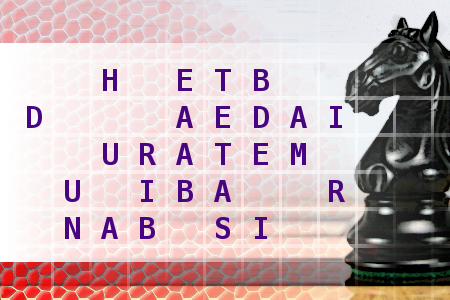Chess Knight Move
Find the country and its capital city, using the move of a chess knight. First letter is U. Length of words in solution: 6,4,8,3,5.Correct answers: 35
The first user who solved this task is Thinh Ddh.
#brainteasers #wordpuzzles #chessknightmove

Louis C.K.: Working in Fast Food
The guy came up to me, my manager, the first day and said, I want you to go to all the tables, scrape the gum off with a butter knife. And I was thinking, Im not doing that. Im definitely not doing it. But I thought, why just say, No! The hell with you! and get fired? Thats boring. Instead I said to him, Yeah, OK. Ill do it. Then, I didnt do it, and he came up to me later: Did you scrape the gum off the tables? I was like, Oh, yeah, of course I did, sure. And later, he comes up, he goes, You didnt scrape the gum off the tables? Im like, Ah! No. Damn. Are you gonna do it? Yeah, of course Im gonna do it. Three days later, I got fired. I got paid for three days.

